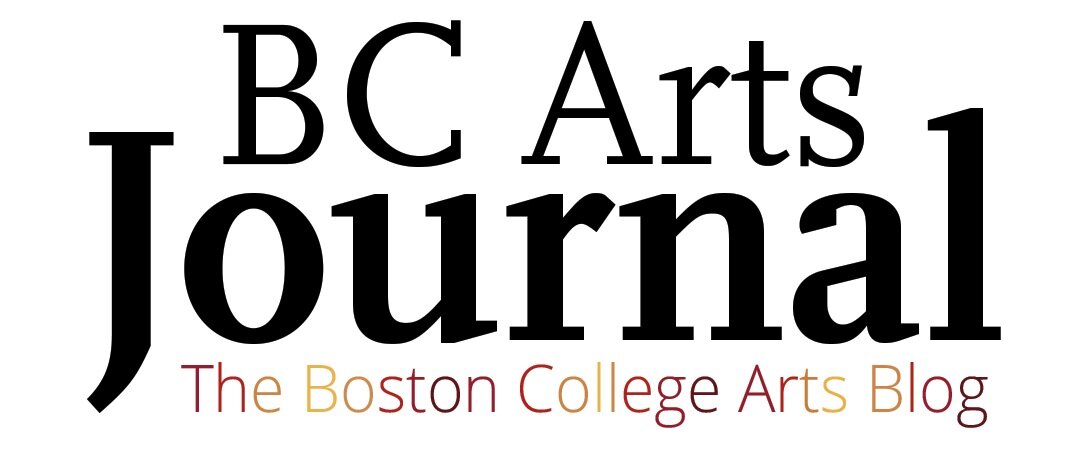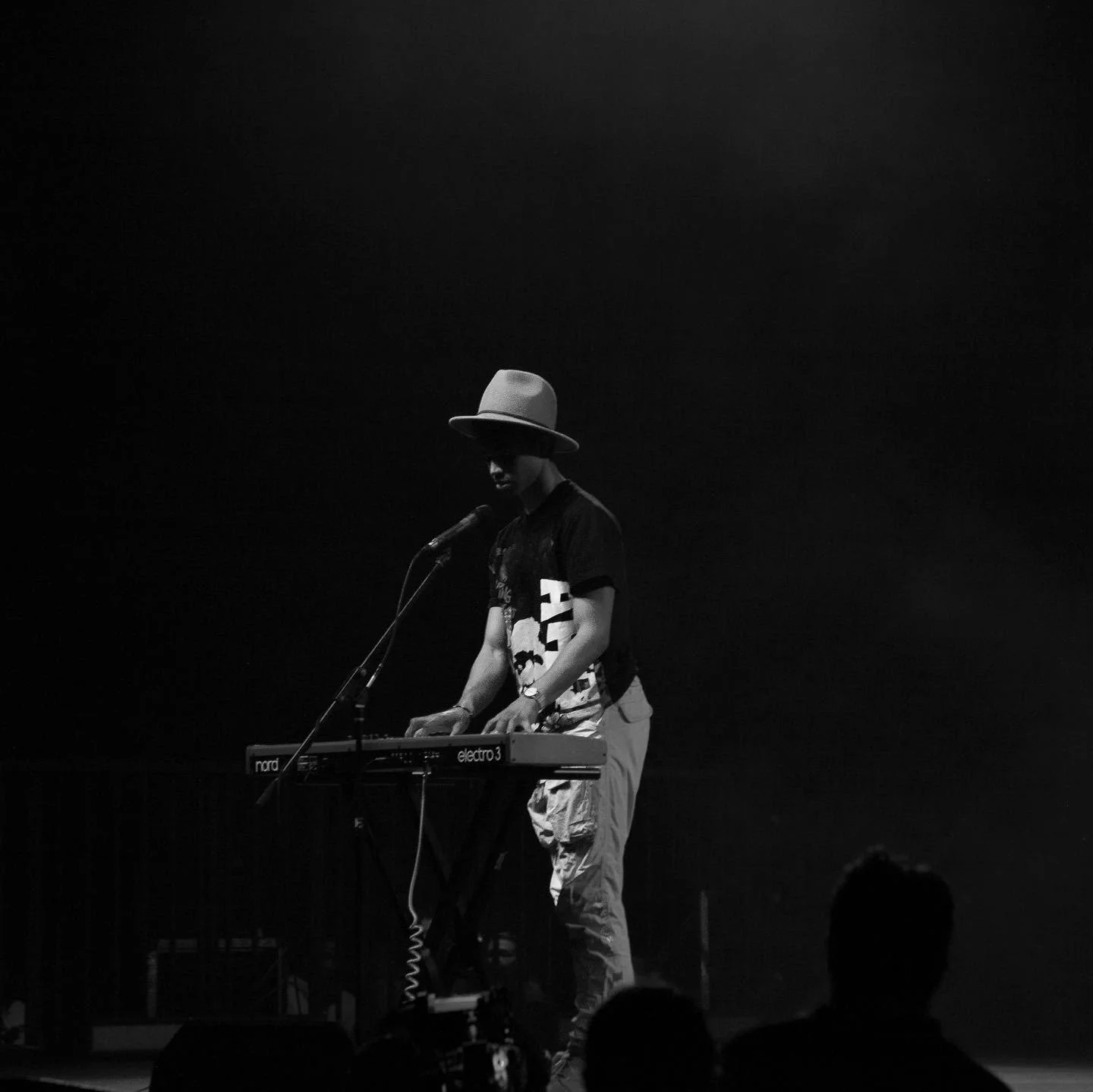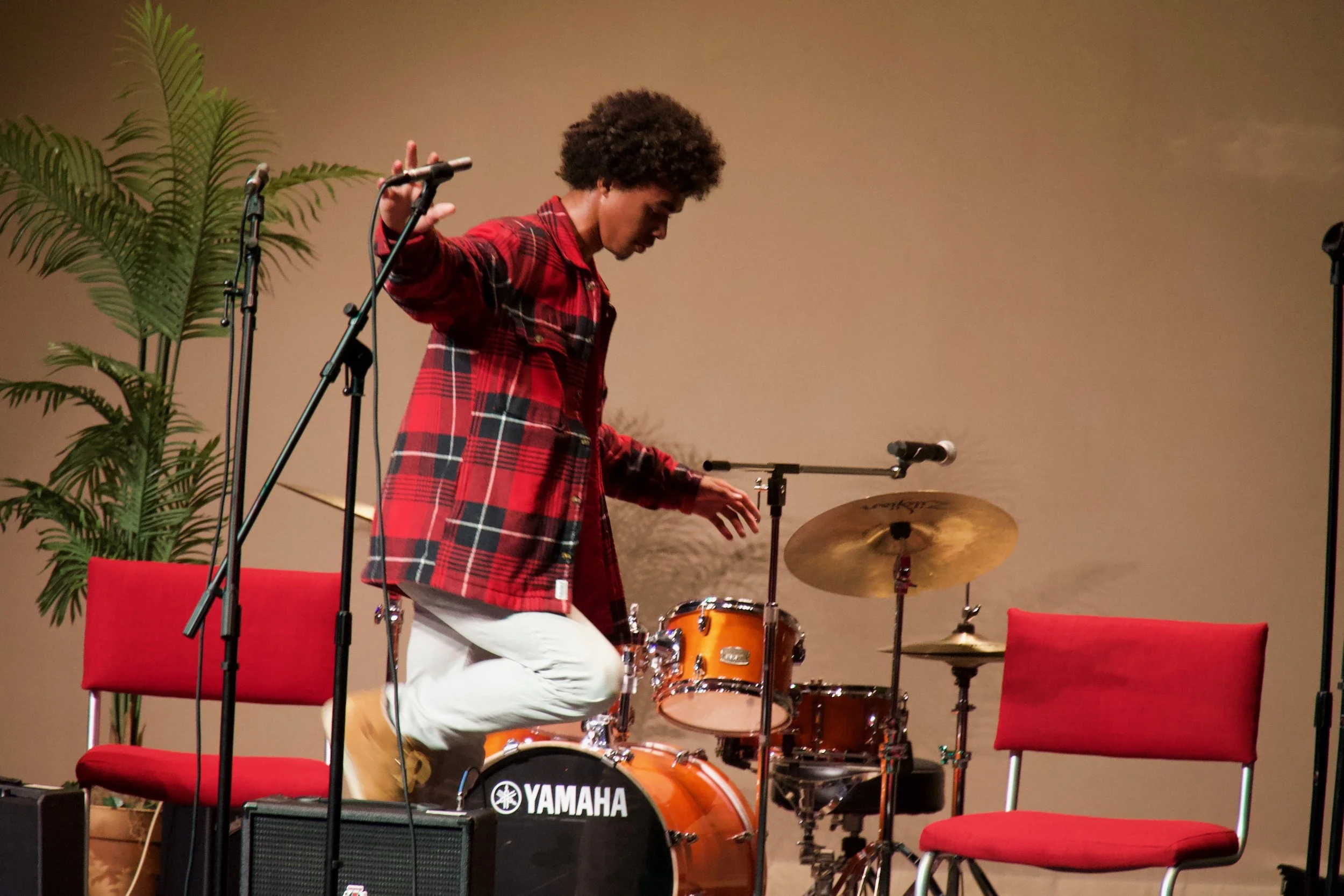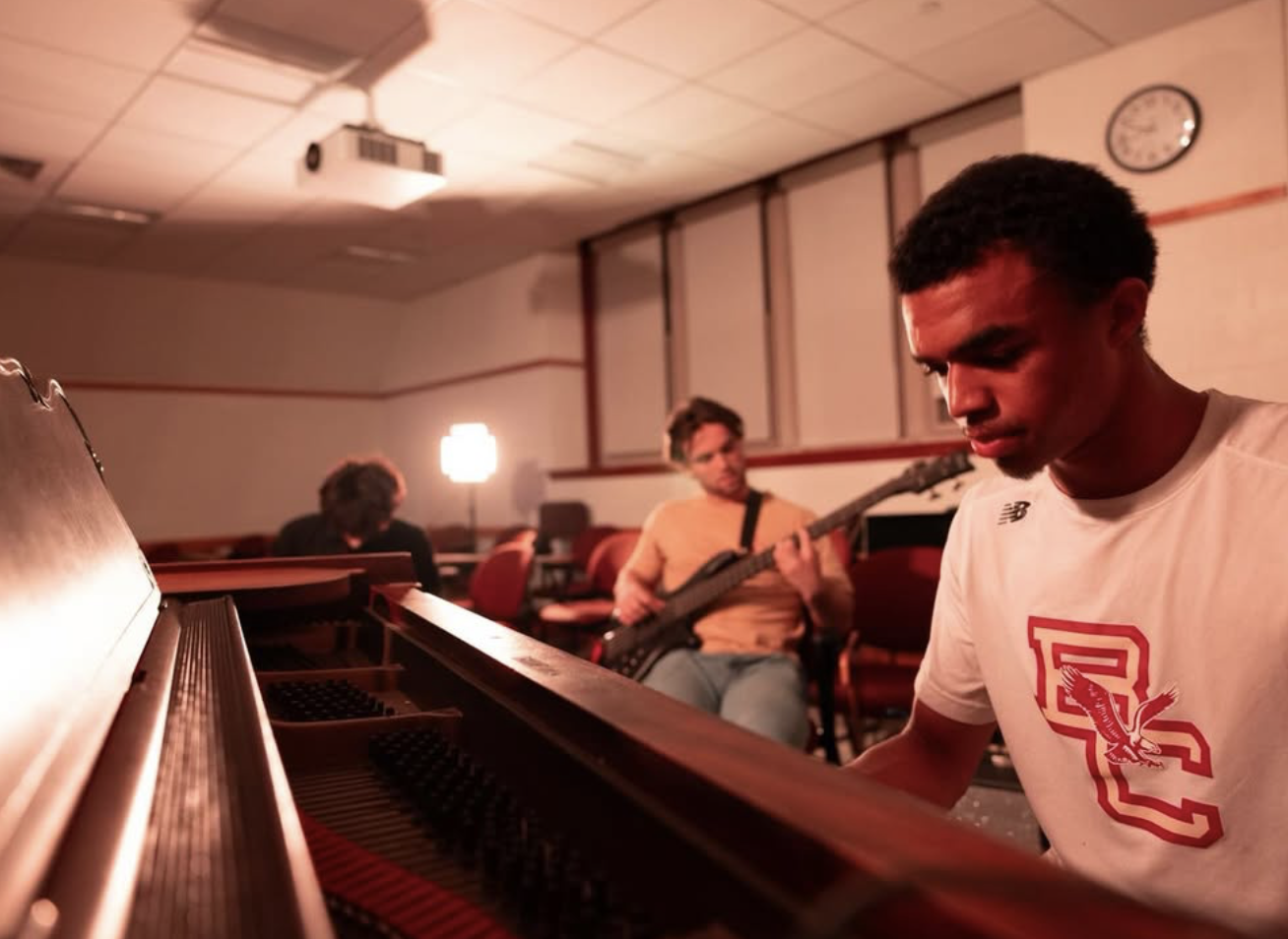Harmonizing Art and Leadership: A Q&A with CARAMEL
CARAMEL, can you tell us a little about yourself?
I am a director, multi-instrumentalist, division 1 diver, student, curator, producer, recording artist, and sour patch enthusiast. In my spare time, I sit on my floor pillow and look at my wall. I do not like chocolate
Do you feel that your relationships with those you grew up with in Ohio have influenced your musical aspirations?
My relationships from home are the reason I started music. The most important relationship in my life is with my grandma. She’s the one who started paying for my piano lessons when I was five at the Cleveland Institute of Music because she was a pianist herself. She would always have classical music playing in the house. She’s an artistic, loving, and passionate human being and is the primary reason I love music and art today.
The next big inspiration is my mom. Our relationship is complex, as I’m sure is the case in many families, but I feel a deep connection when I create music. My work often unconsciously reflects emotions I’ve felt in our relationship, both the good and the bad.Another one of my strongest influences is my brother, Weatherspoon. We met on the bus to high school during freshman year and bonded quickly over the music we would rap and sing together at 6 AM. He’s been like a brother to me ever since.In conclusion, much of my motivation and inspiration stems from Cleveland and the relationships I’ve built there.
Many musicians refer to a moment, often during their childhood or adolescence, when they realized that music was a passion for themselves. Do you have a moment like this?
I don’t think there was ever one particular moment when I realized my talent and passion for music. It has been a constant, unwavering growth since I was a baby. There was never a moment where I thought, “Oh yes, I want to do music!” It’s simply something that has always been a part of me—something I haven’t been able to live without and never will. It’s a no-brainer.
CARAMEL, do you have a musical influence that you feel has deeply shaped your practices?
Jon Bellion. Weatherspoon introduced me to this artist. I forget what song it was—it must have been “Guillotine” or “80s Film.” He first showed me this music on the bus, and I remember asking, “Who is this artist?” Honestly, I didn’t like it at first. But somehow, over time, Jon Bellion became the musician I model my sound after the most.
These days, I wouldn’t say I model my music sonically after him. Instead, I draw inspiration from his creative process and his ability to engage with a huge variety of genres, artists, and influences. To me, he represents creativity in its rawest form.
Williams preforming at 2023 Boston College Showdown.
What role does vulnerability play in your creative process? Do you ever hesitate to share certain pieces because of how personal they feel?
In my opinion, it’s impossible to create art without being vulnerable in some way. When you make art, you are literally putting a piece of yourself out into the world. The most impactful works—whether it’s James Baldwin’s poetry, music by The Beatles, a Scorsese film, or Basquiat’s paintings—all come from a place of profound vulnerability. That’s why they remain so influential and resonate with people even today.
Art is profoundly human, and to be human is to be profoundly vulnerable. I strive to bring that same vulnerability into my own work, but it’s easier said than done.
Are there specific cultural, historical, or social themes that consistently influence your work? How do you incorporate them into your creative process?
As I have progressed through college, I have begun to incorporate more themes of Black empowerment, struggle, beauty, and joy into my work. Fun fact: I was raised by a white mother, which made it very confusing as a kid to have dark skin while most of my family had light skin. Music has become my way of understanding my experience of being mixed and being Black. Art is probably my favorite part of being Black.
Do you believe that the one piece of advice that has been given to you that has shaped you and your creative practice?
My uncle once told me, “Sometimes you gotta sit in the mud.” I interpret this as meaning, “Let emotions flow through and past you.” When you reject them, it causes more stress and anxiety than allowing yourself to feel the waves of new emotions. I like to use a journal to help me understand my feelings, and I often look back and read past entries for inspiration when I’m writing new music.
Williams preforming at 2024’s Living In Color.
CARAMEL, this will be your third and final year hosting and running Living in Color, is there anything you would be willing to share with our audiences on anything new to look out for?
There are over 30 plus artists involved in this project, including poets, musicians, dancers, producers, visual artists, and collaborators. Managing all of that is really challenging. In the first year of Living in Color, it featured only poetry and music. Next year, we plan to include dance, and this year, we’re adding film. Each chapter will have a film playing on screen to immerse the audience in the environment on stage.
Lots of artists feel as though collaboration can hinder their work or make it come to the best possible outcome. Do you believe that collaboration is more of a hindrance or serves more good than bad in creative spaces?
Well, whether or not you're directly working with another person, you're still collaborating. All art takes inspiration from something that already exists. Art builds off of what came before, manifesting it in a new way. When it comes to working with others, it really depends on what you're doing. For Living in Color, collaboration is what drives the art; it’s the foundation of everything we’re creating. However, if I’m recording a song that’s deeply personal to me, I might prefer to do that alone.
Williams at SCC Theatre at Brandeis in December 2023.
Is there anything new that you have been working on and would be willing to share a little about with us?
I’m currently recording a song called Greener, which will be released in March. It’s one of the most vulnerable songs I’ve ever written—very sad and powerful.
Being a Senior at Boston College set to graduate in the Spring of 2025, what are your hopes for Living In Color once you graduate?
I’m currently working on making Living in Color an official Boston College organization. This would mean that Living in Color would become an annual event where students could apply and sign up to perform. I’m working with an advisor right now, filling out a constitution and handling all the necessary steps. It’s very exciting!
How do you think events like Living In Color can better equip the next generation of artists to succeed in an ever-changing industry?
It’s unconventional. The performance requires an ongoing state of adaptability, as various artistic genres—poetry, dance, music, and film—work together to create a single storyline. To achieve this, the entire team must understand the mission and vision of the project. It combines creative prowess with organizational and impact-driven work. I believe these skills are essential to thriving in any field.
Social media has become a powerful tool for artists to showcase their work. Do you see it as a double-edged sword for creativity and recognition?
I think a lot of artists would agree with me when I say that I hate posting about my work—I just want to create. One day, I hope to have someone handle that for me. But for now, I’ll just push through all the scheduling, media strategy, and video editing.
What changes or advancements would you like to see in the creative industry to make it more inclusive and accessible for emerging artists?
The position of a creative professional must be legitimized as real work. The term creative is often misunderstood and dismissed as just a hobby.
Additionally, many artists lack knowledge of the business side of the industry. The art world is small, and only a select few truly understand how it operates.
If you could leave one lasting impact or legacy within the creative community, what would it be?
I want to create a business that brings together the minds of engineers, musicians, poets, physicists, dancers, chemists, directors, actors, videographers, doctors, painters, and more to collaborate on one project every year. That project could be an event like Living in Color, a new technology, a movie, a painting, or an app—a company centered on creative collaboration.
What advice would you offer to younger artists who are just beginning their journey in the creative field?
Do it because you can.
Article Written By Brooke Olson
I want to extend a heartfelt thank you to CARAMEL for taking time out of his incredibly busy schedule to collaborate with us on this article. You can support CARAMEL by streaming his music on platforms like Spotify, where he performs under the name CARAMEL, or by following him on Instagram at @iamcaramelmusic.
Having had the privilege of working alongside CARAMEL for the past two years at the Boston College Arts Council, I can confidently say he is one of the most dedicated and kind individuals I’ve ever worked with. I encourage everyone to take the time to listen to his music and attend Living in Color this year—you won’t want to miss it!





